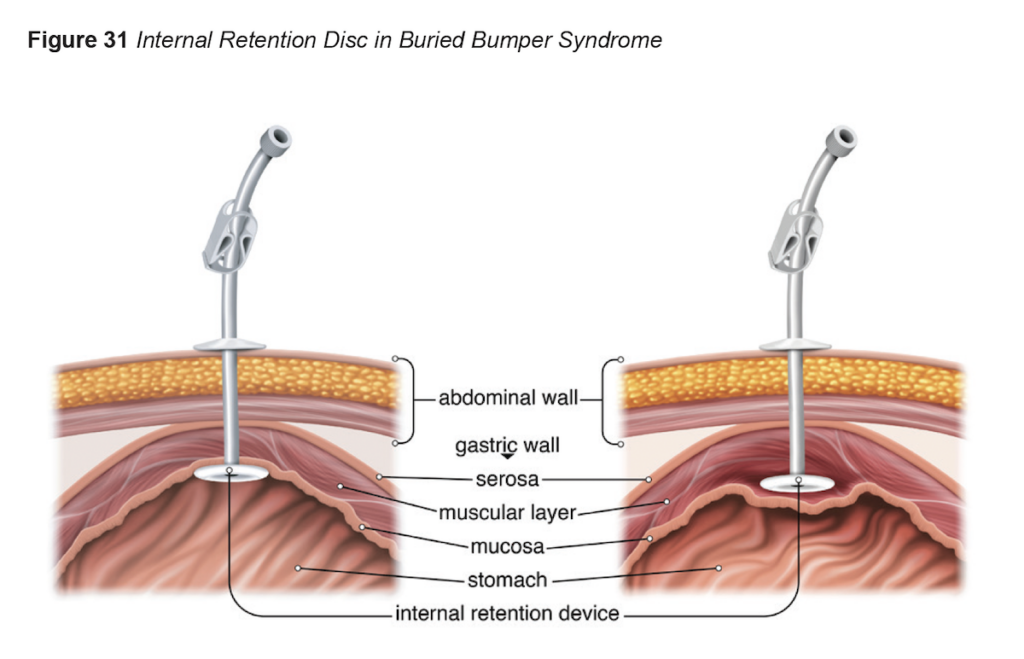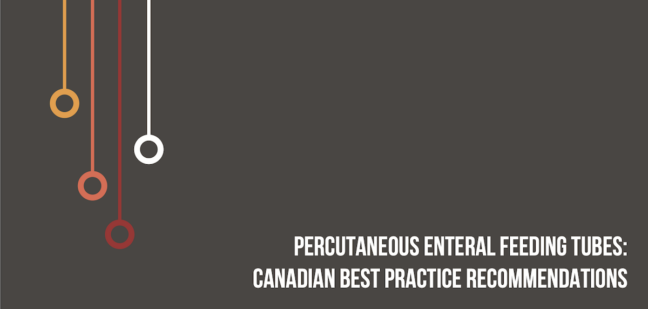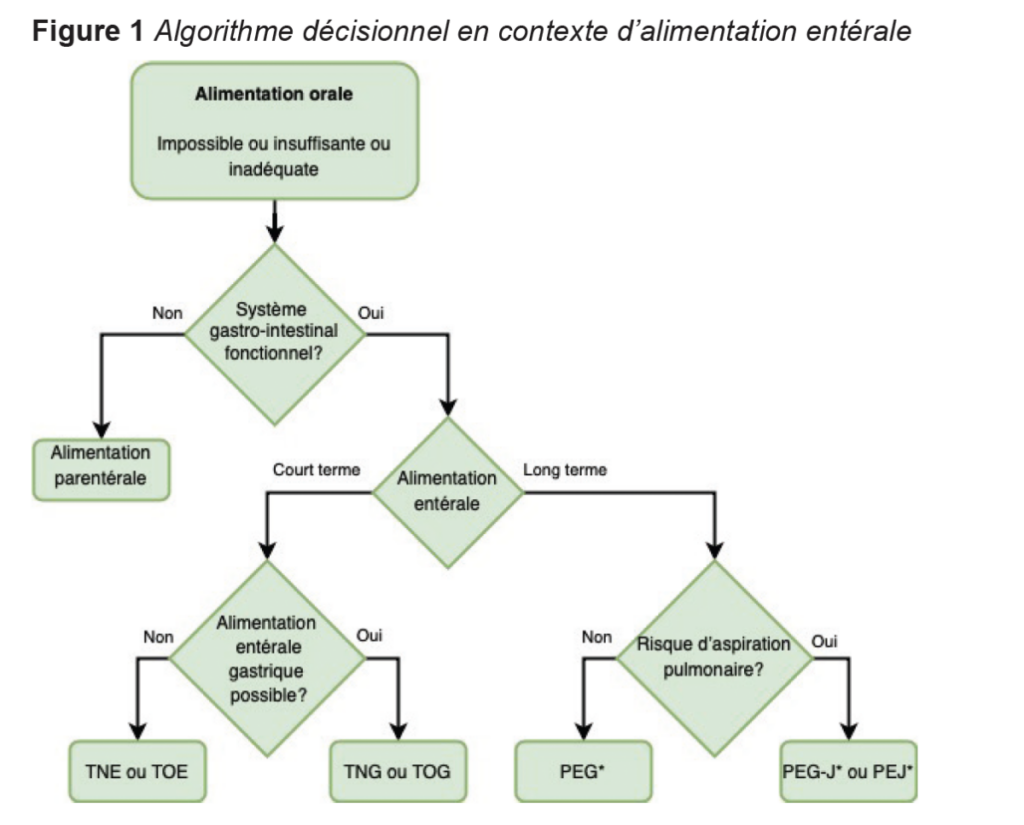Food plays a vital role in human development, culture, and interactions. Nutritional demands can still be met for those unable to consume food normally. The enteral route bypasses the nose and mouth and passes directly through the skin of the abdomen to reach the digestive system. This is termed percutaneous enteral feeding.
In this case study, we explore the development and launch of these feeding tube best practice recommendations by Nurses Specialized in Wound, Ostomy and Continence Canada.

Leading the way in French
Until now, each of the NSWOCC best practice recommendations projects has been developed in English and translated after the fact into French. The development of these percutaneous enteral feeding tube best practice recommendations, therefore, reflected a first for NSWOCC. A French-speaking committee of seventeen from Canada developed the best practice recommendations, which were simultaneously translated into English. The Delphi consensus process was conducted in French. The peer review was conducted concurrently in French and English. Adjustments resulting from the peer review were discussed and applied to both languages.
More and more patients are rapidly discharged after such [a percutaneous enteral feeding tube] procedure, and the need for instructions to manage and care is vast. Nurses in communities, families, and remote areas still need a document focusing on the nursing aspects. The French-speaking task force comprised NSWOCs from Quebec, Ontario, and New Brunswick. It has significantly improved the engagement of the French-speaking NSWOCs in the association, making them part of the active force, not just there as users.
Valérie Chaplain, BScN, RN, NSWOC, WOCC(C)


